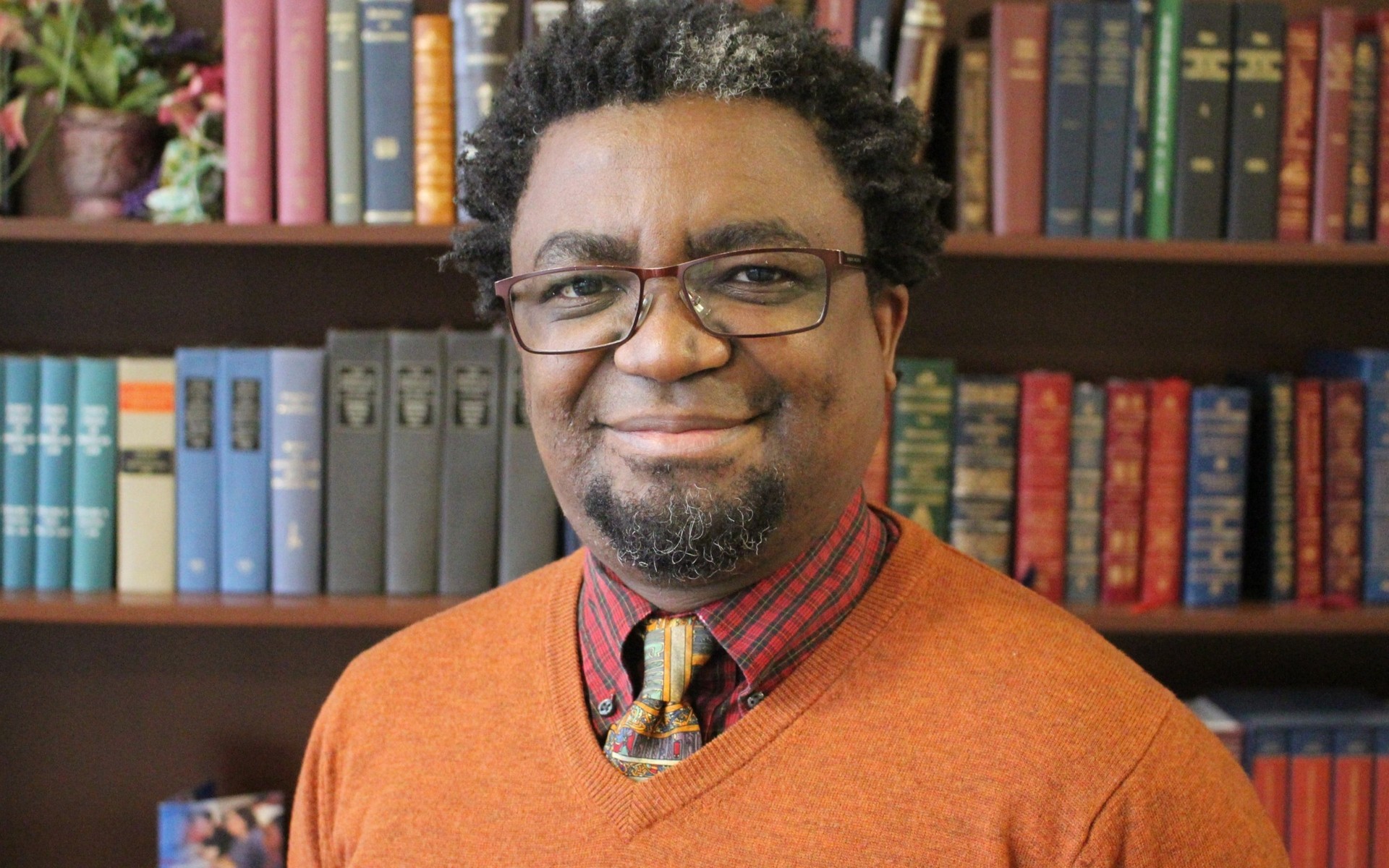Insights
3 Tips for Building an Inclusive Online Learning Environment from a DEI-Forward Professor of Law
Written by Joanne An on Aug 17, 2021
Related content: Diversity And Inclusion, Graduate Programs, Digital Education

How can educators make their online teaching more inclusive? This topic has become even more pressing and challenging with the current climate of social and political controversies surrounding our everyday lives.
I recently spoke with Dalindyebo Shabalala—an assistant professor at University of Dayton School of Law who’s originally from South Africa—on the importance of inclusive pedagogy in online education. The courses he teaches range from Contracts to Business Law, while his research focuses on how international intellectual property treaties intersect with climate change law, issues in technology, and the rights of indigenous peoples. But no matter what topic he’s teaching, embracing diversity, equity, and inclusion (DEI) in the classroom remains a top priority.
He shared with me these three ingredients towards building an inclusive online learning environment:
1. Be transparent about class intentions and form meaningful connections with your students at the very beginning.
The great thing about online teaching is that it gives each student the ability to individualize their learning. They can work around their own schedule, figure it out for themselves, etc. When designing an online course for yourself and others to teach, however, you don't have as much luxury in moving curriculum around, changing this, tweaking that. So how do you adjust to each cohort’s unique group of students?
I always say, take the intentional approach that your course is not just about one type of student—it’s about many types of people. And then make sure students see that right from the beginning of the course. For your introductory session, talk about what it means to be in your class. Get buy-in from everybody around the common “we” and the community you intend to create in the classroom. But also discuss that there are limits to how everybody should engage, too.
There’s no getting away from controversial ideas. We shouldn't be trying to get away from that. Instead, we should be making sure that when people discuss them, they're doing so in a way that’s going to be useful and constructive to their learning.— Dalindyebo Shabalala, Assistant Professor, University of Dayton School of Law
2. Diversify case examples to include the voices and experiences of those not represented in the classroom.
Separate from the dynamic of live classes, look at the reading you assign. Pick a sufficient variety of learning resources that represent people from different heritages and backgrounds and experiences: people of color, LGBT individuals, etc. That way, they're seeing Native American names, Indian names, Japanese, Spanish, Norwegian, German, and so on. So their takeaway is, “Okay, all of this belongs in the classroom, so I can ask questions and we can have a discussion about it.”
You can also ask students to play roles that they otherwise wouldn't play. “You're representing the Third World Network, a policy group from Malaysia. You’re representing a business group from Nigeria. And you’re representing the government of Brazil.” Placing students in situations where they have to represent people unlike themselves is a really good way to get that diverse material in.
3. Provide explicit instruction and modeling to create a sense of belonging and a safe space for controversial discussions.
In a physical classroom, students can see each other and respond to each other’s social and body signals. Online, people are more distant from each other, in entirely different cities. You have to set rules for how they interact with each other much more explicitly. So I use a lot of breakout rooms where everybody has an assigned role. Somebody has to be the note taker. Somebody has to be the moderator. And somebody has to keep the group focused on the questions. It makes for a much more constructive dialogue with set goals and responsibilities.
Also, if my students go to make a normative argument—i.e. an argument about what should be—they know they have to tell the class why. What’s their rationale for it and where does it come from? They have to defend their idea and work all the way back to first premises for it. If they have trouble defending it, then that tells them something. But they don't get to be angry that their idea was challenged. So I say, set up the premise for discussions along those same lines—that when students talk to each other, they have to do so in a very structured way, with certain results to produce.
There's no getting away from controversy and controversial ideas. We shouldn't be trying to get away from that. Instead, we should be making sure that when people discuss controversial ideas, they're doing so in a way that’s going to be useful and constructive to their learning.
~~~
This article was adapted from an interview originally published in 2U’s The Faculty Advocate.
Latest.
Learn more about us.
At 2U, we’re on a mission—to eliminate the back row in higher education and help universities thrive in the digital age. To learn more about who we are and what we do, follow the links below.